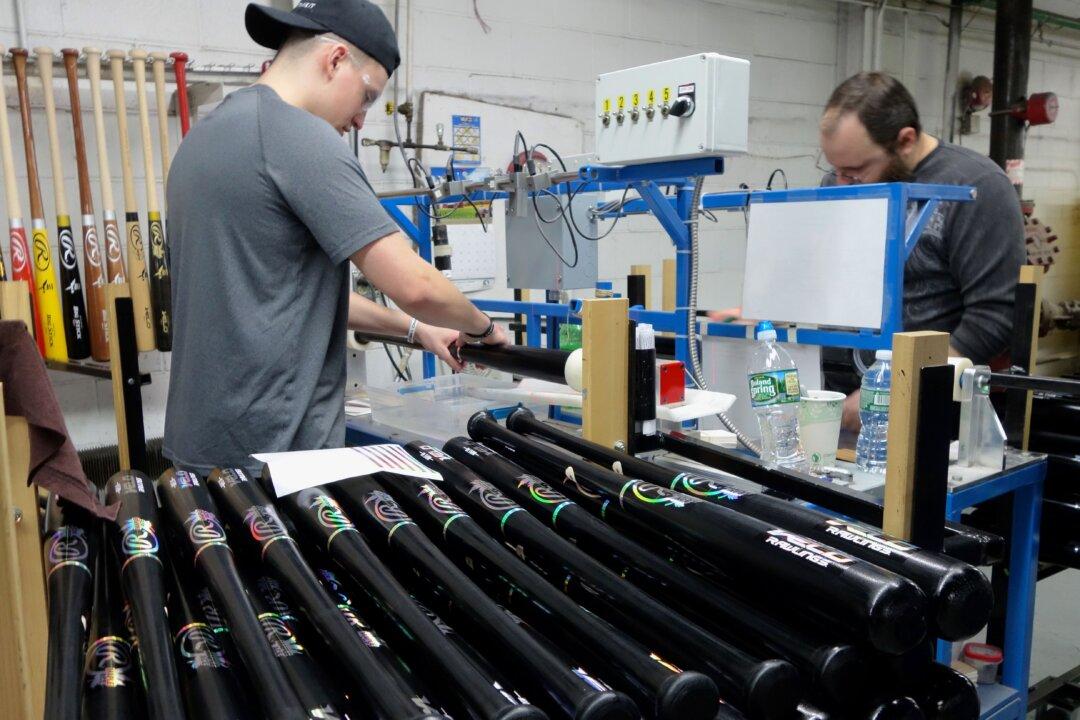Fortune favors the bold, and President Trump has shown the world time and again that he is nothing if not bold. President Trump is calling on American business leaders, from CEOs of Fortune 500 companies to presidents of small family businesses, like mine, to match his boldness with our ingenuity and creativity. I support the president, and I believe we have not been listening closely enough to the nuances of his vision for American competitiveness. He can’t do it for us; we need to match his vision with intelligent, effective action.
Tariffs alone are not the strategy, but they can be a tool if we use them wisely. That is, I believe, what the president has been saying all along. He has, however, been waiting patiently (at his own personal political expense) for American industrialists to heed his call and turn it into action, rather than just complaining about the loss of the admittedly comfortable status quo.
We are ready to act, and we are ready to walk in lockstep with the president as he leads us to economic victory.
I’m a fourth-generation American home textile manufacturer. I’ve devoted my life to this industry, including seven years in China (2005–2012) forging honest, high-functioning partnerships with suppliers. Like many in our industry, I watched as American textile jobs plummeted from 2.5 million in the 1950s to under 900,000 by 2000, with mills closing across the heartland.
I understand the patriotic desire behind the aggressive tariffs of up to 245 percent on Chinese products, meant to jolt factories back to towns throughout the country. In fact, I share that desire. During the Great Recession of 2008, our family business stepped in to save a nearly shuttered plant in Ranlo, North Carolina. That attempt, sadly, collapsed under the weight of unforeseen workforce issues, a reminder that rebuilding American manufacturing is far more complex than flipping a switch.
That’s why I believe this: If we want to bring American manufacturing home, tariffs can help, but only when paired with strategic, incentive-based policies that reward real investment and job creation. Used alone, tariffs are a blunt-force weapon. But used wisely, they can become a scalpel.
President Trump’s tariff policy is driven by a very real frustration. For decades, American manufacturers watched factories shutter and jobs migrate overseas. It’s tempting to believe that slapping high tariffs on imports will miraculously restore those lost jobs. But tariffs of this scale are a double-edged sword.
My company is now facing an extinction-level crisis. In fewer than four weeks, our U.S. retail customers have asked us and our peer companies to pause virtually all shipments from China, and production lines have gone idle. Meanwhile, we’ve seen loyal American, highly paid office workers get sent home because many in our industry can’t afford to pay them.
Those calling for immediate decoupling from China underestimate the decades of trust and precision built into our supply chains. You can’t just replicate those relationships or skillsets overnight.
This is the core of it: If tariffs are a blunt instrument, then smart, targeted incentives are the scalpel. We need policies that lower the barriers to U.S. production, such as expanded tax credits, regulatory streamlining, and training investments. Most importantly (and urgently), we need time-bound tariff relief for companies committed to reshoring.
Our company has secured a factory site in Clarksville, Arkansas, and with support from Gov. Sarah Huckabee Sanders, we’re ready to bring over 100 good-paying jobs to the region. But we won’t make it if the tariffs crush us before we can even open our doors.
Our decision to move manufacturing from China to Arkansas encapsulates economic patriotism, smart adaptation to trade policies, and the revival of heartland manufacturing.
Our investment in this country is not only a business venture but also a statement: America’s manufacturing spirit is alive and can be rekindled through innovative partnerships and strategic vision. We look forward to working hand in hand with Arkansas leaders and federal officials to make this project a shining example of what “Made in America” means in the modern era.
The goal of a stronger U.S. industrial base is shared by Americans across the political spectrum. But it must be built on more than good intentions—we must combine bold policy with sound economics.
We all want the same thing: an America that is strong, self-reliant, and full of opportunity. If we get this right, we will see a renaissance of American manufacturing that honors our past and embraces the future, without sacrificing the very businesses that make it possible.



